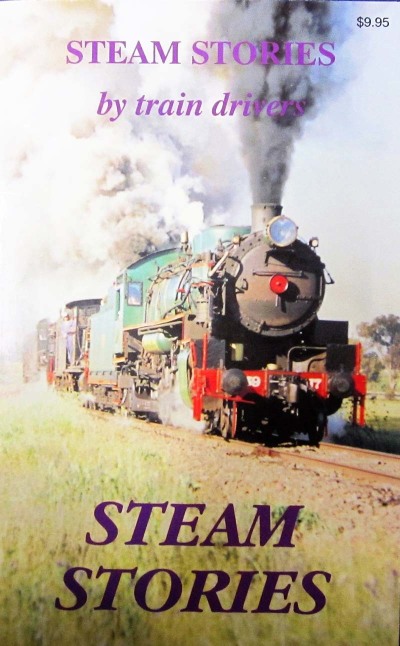
Real estate people will tell you that real estate booms have consistently been along the railway line. Those into real estate investment are not unaware of this. Analysts have unanimously agreed suburbs boasting a rail station en route to the CBD will see marked growth, signalling a push towards transit-orientated development.
There is obviously nothing new in this. All those black and white cowboy films coming out of Hollywood in the 1950's and 60's featured this reality. My generation grew up with this – follow the railway line. That's where towns will be developed.
Australia's expansion coincided with the same development of the railways. In every Australian State one can follow the mushrooming of new settlements with the building of new railway lines.
In Queensland we can follow this development to Ipswich, Toowoomba, and the coastal sunshine strip.
In his diary, my grand-father recounts that the main railway line was constructed to Gympie as a result of Gold being discovered in the later half of the 1800's. Gympie's claim to fame is that it's the town that saved Queensland from financial ruin. It was 1891 that the Brisbane to Gympie railway line was opened by the then Governor of Queensland Sir Henry Norman and the Premier Sir Samuel Griffith.
As the Footplate Padre and author of 16 railway books, I have taken a special interest in the development of the railways.
Development
The land from Sydney to the Blue Mountains and beyond to centres such as Lithgow, Bathurst, Orange, Blayney, Cowra and Parkes were all opened to their full potential with the advent of the railway.
Similarly, the development of the southern areas to Goulburn and Crookwell, Queanbeyan and Cooma, Harden and Cootamundra, Junee, Wagga Wagga and Albury followed the train line.
In Victoria, the railway development from Melbourne to Ballarat and Bendigo and south to Geelong, as well as the northern route to Seymour, Benalla and Wodonga enabled the economic growth of those well-known areas.
The line from Adelaide to Port Augusta and Port Pirie in South Australia allowed settlers to move to those areas; and in Western Australia, too, the railway to the gold fields of Kalgoorlie, and south to Bunbury and Albany and that State's vast wheat 'bread basket' regions was critical to its viability as such an isolated ‘colony’.
The same happened in the United States, as the saying ‘Go West, young man’ was a reality as the 'rail road' moved to the undeveloped west across that country from the developed east, and innovation and prosperity followed.
Investment opportunities have always coincided with railway development, because the trains allowed people to move to new areas and start farms, businesses, schools, hospitals, police stations and all the different services people required.
Perhaps in this day and age of super fast technology and jet aeroplanes that carry 500 people, the young investor is unaware of the added value that a railway brings with it. Possibly, just possibly, they may need to be brought up to speed on this most elementary of real estate wisdom.

Dr Mark Tronson - a 4 min video
Chairman – Well-Being Australia
Baptist Minister 45 years
- 1984 - Australian cricket team chaplain 17 years (Ret)
- 2001 - Life After Cricket (18 years Ret)
- 2009 - Olympic Ministry Medal – presented by Carl Lewis
- 2019 - The Gutenberg - (ARPA Christian Media premier award)
Gutenberg video - 2min 14sec
Married to Delma for 45 years with 4 children and 6 grand children